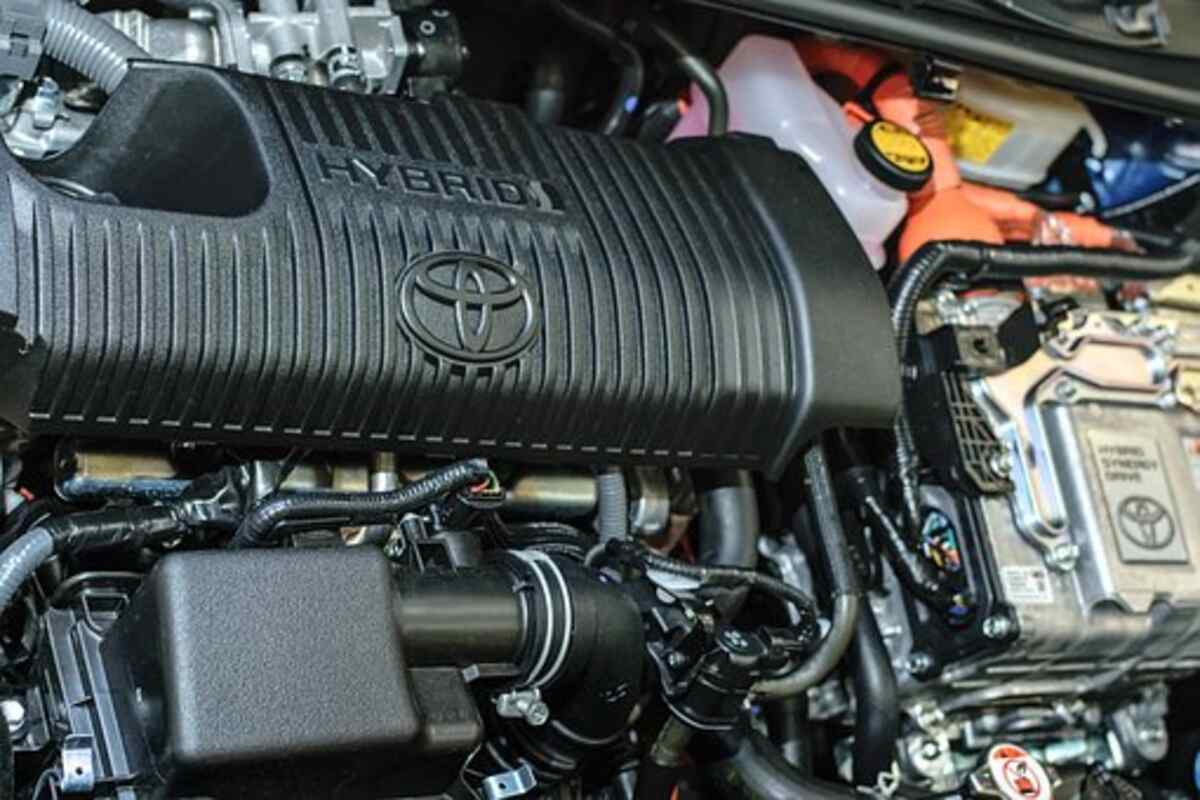Charging Your Electric Car
You could be thinking of buying one of those new-fangled electric cars and may be wondering how they’re priced. Of course, that depends on which car or truck you buy. The three leading electric power cars (electric vehicles and “EVs”) currently available for midsection income families are the Toyota Prius, Chevy Volt, and Nissan Leaf. Check out the Best info about electric charger.
Toyota Prius. Let’s say you buy a Toyota Prius. The Prius is a “hybrid. ” A crossbreed isn’t fully electric. That runs on electricity produced by a battery until the battery power is depleted. Then, that turns to burn fuel. In the case of the Prius, any 2010 model drives 12 miles on a charged battery. But the Prius continuously recharges the particular battery with a mechanism set off by stepping on the brakes.
However, the Prius currently won’t come with a “plug in” alternative. That means you can’t plug that into an electric outlet to be able to charge its battery. Still, Toyota is partnering with all the EV companies, including Tesla, to produce a plug-in model that is to be available in 2012.
Chevy Watt. The Chevy Volt, which usually started deliveries in the Ough. S. in December 2010 is yet a hybrid. Unlike the Prius, the battery is not priced when you brake but using plugging into the electric power. It has a range of around 30 miles before it must get started burning gasoline.
Nissan Leaf of tea. The Nissan Leaf is the only all-electric EV accessible to middle-income families. The item can’t burn gasoline, although it runs only on its power supply. It has a range of about 75 miles before you need to look for an electric outlet.
HOW DO YOU IMPOSE A PLUG-IN ELECTRIC CAR OR TRUCK?
Level 1 Charging. Equally, the Chevy Volt and Machine Leaf come with a charging string, called a “Level 1 Replacement we-vibe charger, ” as standard devices. It looks like an extension cord. You could charge your car by promoting the Level 1 Charger in an electrical outlet in your storage area or carport.
The advantage of Amount 1 charging is that they have straightforward and inexpensive to set up. Get an electrician to install an electrical outlet in your garage or carport. It will need to be on a specific circuit, meaning that no other gadgets, like a washer, for example, can be found on the same circuit. The wall socket will need to be the safest type usual in garages in addition to outdoors (a GFI). In addition, your electrician will need to look at whether your electrical board should be upgraded in size to address the increased power required.
Once the outlet is fitted, the EV driver extracts out the Level 1 asking cord that comes with the car, starts off charging, and lets the automobile sit… for a long time. A Chevy Volt battery takes 15 hours from empty to be able to full; a Nissan Loose tea leaf takes 20 hours.
Although Level 1 charging will be slow, drivers with quick commutes may be satisfied with that because they won’t start from empty if they work that right. Instead, they’ll have demand left in their batteries and may top off at night.
Here is how it can work. The 100-mile range of the Machine Leaf is much more than the thirty-three miles the average American runs daily. If you drive the usual 33 miles, you will use one-third of the battery per day. If you religiously plugin a while arriving home, you can top off at night and depart with a full charge each day.
For hybrids, like the Chevy Volt, the issue of leaving your home fully charged is less demanding. At about 35 a long way, when the battery hits clear, it turns to lose gas. This isn’t good for gasoline usage, but on the other hand, the particular driver may suffer less coming from “range anxiety. ”
Level 2 Charging. While you could make Level 1 asking work for you, you also have the option of more quickly charging by installing an exclusive Level 2 Charger inside your garage or carport. An amount of two chargers takes a Chevy Volt battery from empty to utterly full in four hours; eight hours for the Nissan Leaf. Therefore even if you drain your battery with a Level 3 Charger, you’ll be able to fill the item by morning.
A Level 2 charger requires 240 v, which is more potent than a household current. A Level 2 Reply, cement we-vibe charger is hou,sed in a burial container about 18 inches all around and hangs on the storage area wall, sticking out about a base. When you recharge with an Amount 2 charger, you fill your reservoir with gas. You strain a “hose” over to often the recharging socket built into often the EV.
A Level 2 Replacement we-vibe charger is usually purchased when you buy your electric car. Machine or Chevy can pay for the purchase and installment if you wish. Nissan has partnered having AeroVironment to supply and put up chargers. Chevy Volt features partnered with SPX. Suppose a Leaf, for example, is ordered. In that case, the Nissan dealer arranges for an AeroVironment electrical specialist to look over the new master’s garage, provide a bid, and carry out the installation.
Read Also: Things You Need To Ask When Buying A Car


